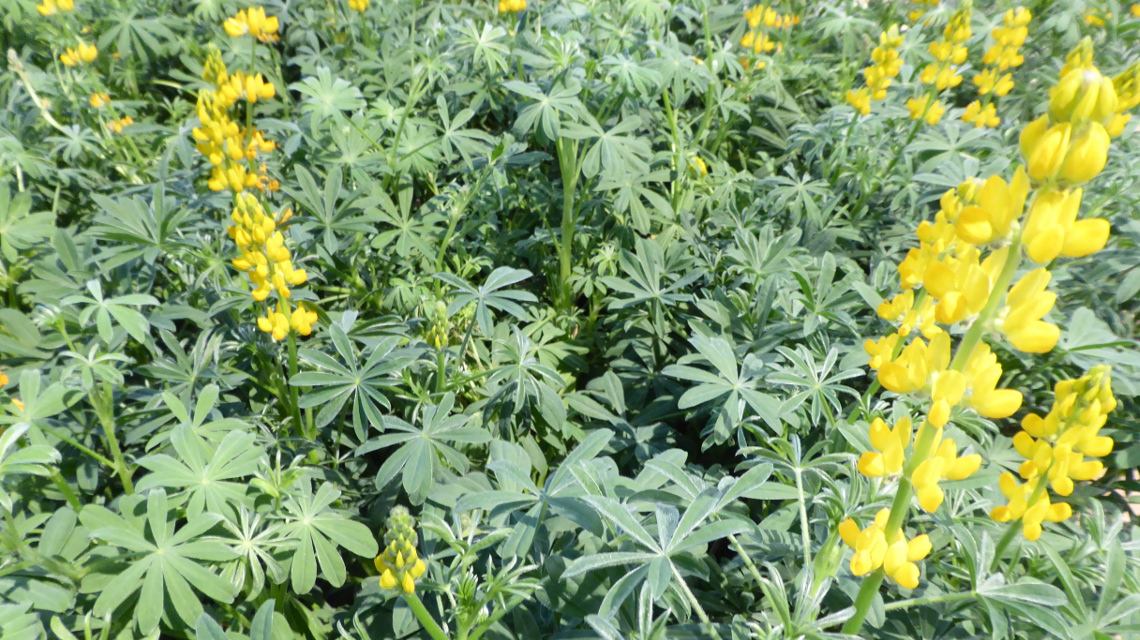Comeback of the yellow lupin
Plant researchers at the Julius Kühn Institute want to breed new varieties to make yellow lupins more resistant and thus more attractive for agriculture.

While the Blue Lupin is celebrating its comeback, the Yellow Lupin has almost disappeared from the fields in this country. The reason: the fungal disease anthracnosis brought the cultivation of Lupinus luteus to a standstill in the early 1990s. "The fungus attacks the plant's vascular vessels and thus interrupts the supply of nutrients. The plant dies, which can lead to total crop failure," explains Brigitte Ruge-Wehling from the Julius Kühn Institute (JKI).
As part of the "InnoLuteus" project, scientists from the JKI in Groß Lüsewitz, Mecklenburg now want to make yellow lupins attractive for farmers again. Together with partners, they aim to modify the naturally protein-rich legume in such a way that it is resistant to the fungal pathogen and at the same time provides higher yields.
High drought tolerance
Like its blue and white relatives, the Yellow Lupin attracts numerous bumble bees with its nectar. With their ability to bind atmospheric nitrogen in the soil, legumes have also long been in demand as fertilizer facilitators. The yellow legume can also grow on lean and sandy soils and has a high drought tolerance, as project manager Ruge-Wehling explains. "Even in the dry summer of 2018, it was standing tall on our trial fields."
Identifying genetic markers against the fungal disease
The first trials in the greenhouse and on the field are already underway. The project team can fall back on breeding collections from the JKI, but can also use existing genetic resources for new breeds. The aim is to identify new genetic markers for anthracnosis resistance. Finally, the quality of the plant nuclei will determine whether the new Yellow Lupin breeding lines are suitable for food and feed production in terms of their protein content. Organic farmers in particular are dependent on alternative protein sources to the widespread soy-based animal feed.
The project, which was launched at the beginning of April, is coordinated by the JKI and will be funded over the next three years by the Federal Ministry of Food and Agriculture (BMEL) with almost 1 million euros. The project involves the Gatersleben Institute for Plant Genetics and Crop Plant Research (IPK), the Fraunhofer Institute for Process Engineering and Packaging (IVV) in Freising and two industrial partners.
bb/um


